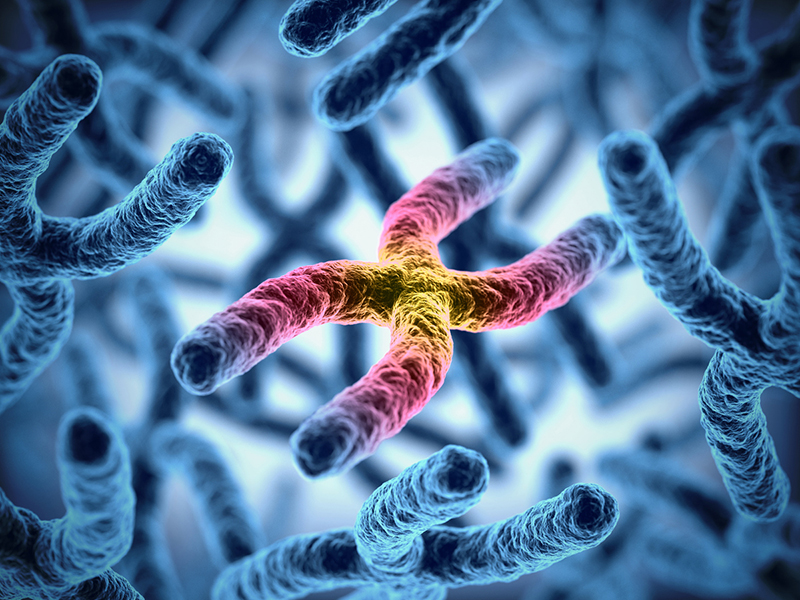STORK helps identify cause of miscarriage and potentially improves in vitro fertilization process

WHAT:
Scientists funded by the National Institutes of Health have developed a same-day test to identify abnormal fetal chromosomes. The Short-read Transpore Rapid Karyotyping (STORK) test can detect extra or missing chromosomes (i.e., aneuploidy) using samples collected from prenatal tests, such as amniocentesis and chorionic villus sampling, as well as tissue obtained from miscarriage and biopsies from pre-implantation embryos produced using in vitro fertilization (IVF). The study is led by Brynn Levy, Ph.D., and Zev Williams, M.D., Ph.D., from Columbia University Fertility Center and Columbia University Irving Medical Center, New York City, and is supported by NIH’s Eunice Kennedy Shriver National Institute of Child Health and Human Development (NICHD) through the Human Placenta Project.
The study team compared STORK to standard methods by testing 218 samples that included tissue from miscarriage, chorionic villi, amniotic fluid and trophectoderm biopsies, which are used to evaluate embryos before IVF implantation. In this set of samples, STORK had an accuracy of 98 to 100%. In another set of 60 samples, technicians in a clinical laboratory certified for quality testing, called a Clinical Laboratory Improvement Amendments certification, performed STORK. In these samples, STORK was 100% in accordance with standard clinical testing.
Overall, the study shows that STORK is comparable to standard clinical tests and has many advantages. STORK is faster, providing results within hours versus several days. It is also cheaper, with the study team estimating STORK to cost less than $50 per sample, if 10 samples are run at the same time, or up to $200 if a sample is run on its own. STORK can also be done at the point-of-care for a patient, eliminating the need to ship a sample to a clinical laboratory.
According to the study authors, STORK may be particularly useful in identifying genetic causes of miscarriage. Currently, professional societies only recommend genetic testing if a person has had multiple miscarriages, but an easy, cost-effective test like STORK can potentially be offered after the first miscarriage. STORK can also be used to streamline the IVF process. Currently, embryos must be frozen while genetic tests are run and analyzed before implantation. STORK’s ability to provide results within hours can presumably eliminate this freezing step, which saves time and cost. More work is needed to validate STORK, but if results continue to show promise, STORK could improve the quality of reproductive healthcare.
Additional NIH funding comes from the National Cancer Institute.
WHO:
Diana W. Bianchi, M.D., NICHD Director, is available for interviews.
To arrange an interview with Dr. Bianchi, please e-mail nichdpress@mail.nih.gov or call 301-496-5133.
REFERENCE:
Wei S, et al., Rapid nanopore sequencing-based screen for aneuploidy in reproductive care. New England Journal of Medicine DOI: 10.1056/NEJMc2201810 (2022)
###
About the Eunice Kennedy Shriver National Institute of Child Health and Human Development (NICHD): NICHD leads research and training to understand human development, improve reproductive health, enhance the lives of children and adolescents, and optimize abilities for all. For more information, visit https://www.nichd.nih.gov.
About the National Institutes of Health (NIH): NIH, the nation's medical research agency, includes 27 Institutes and Centers and is a component of the U.S. Department of Health and Human Services. NIH is the primary federal agency conducting and supporting basic, clinical, and translational medical research, and is investigating the causes, treatments, and cures for both common and rare diseases. For more information about NIH and its programs, visit https://www.nih.gov.

 BACK TO TOP
BACK TO TOP